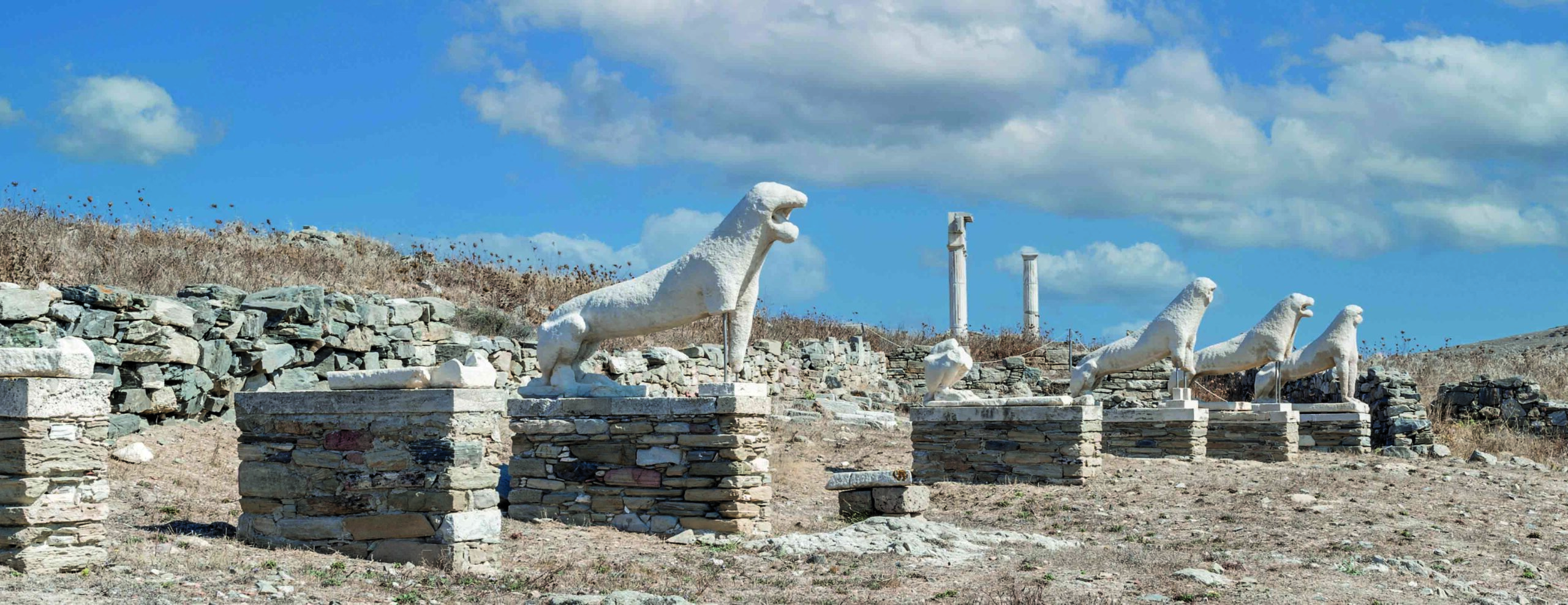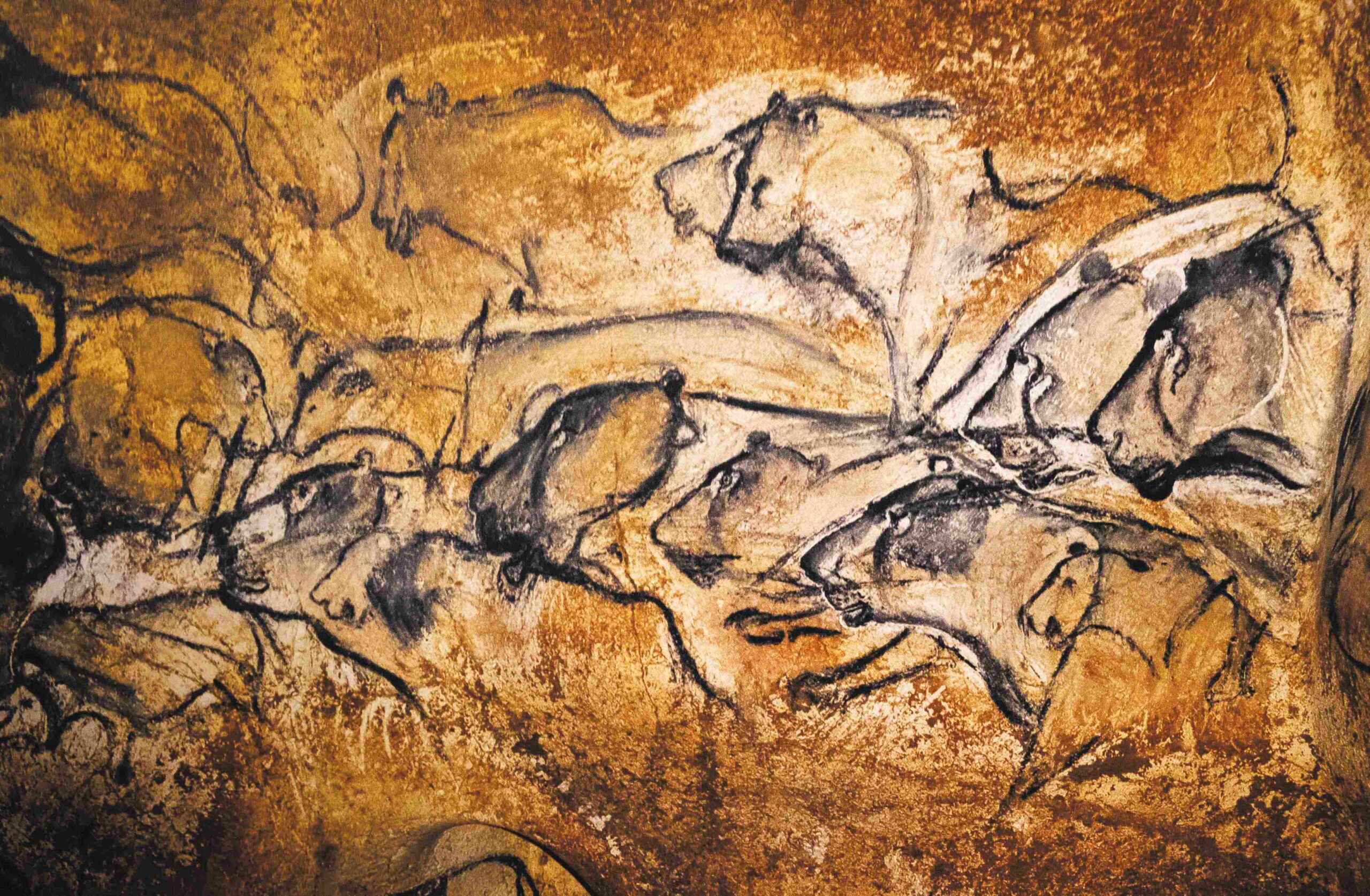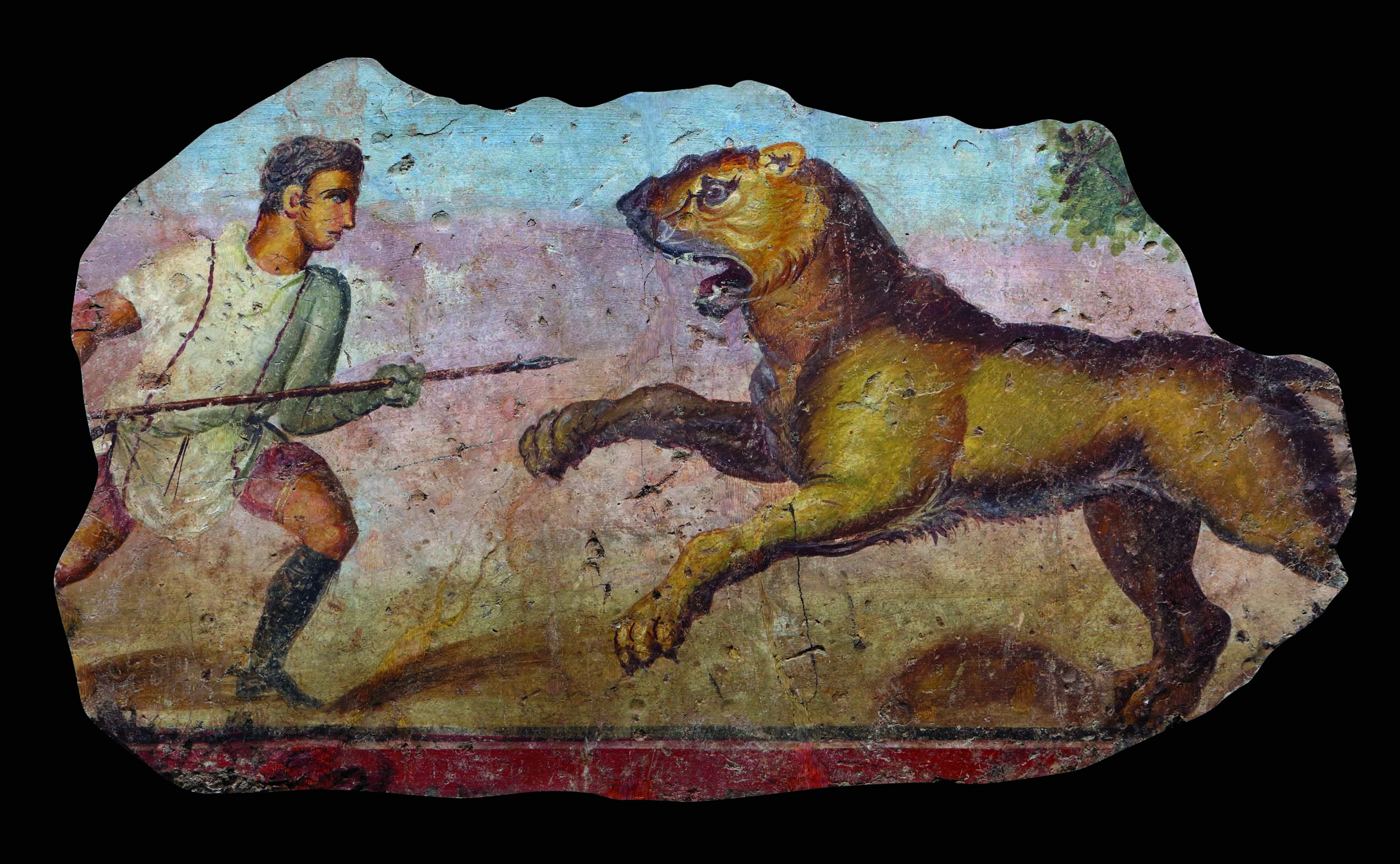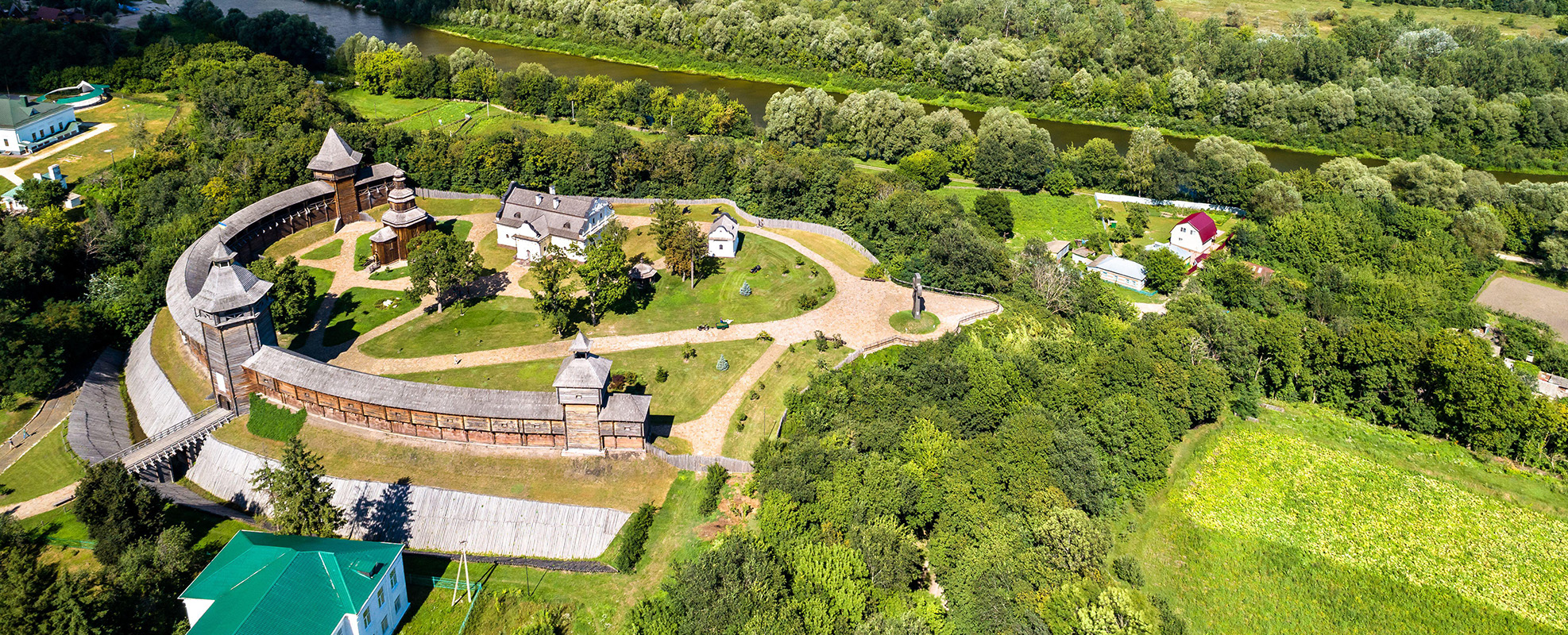
Lions were seen as symbolic guardians in ancient Greece, and depictions of the big cats frequently decorated tombs to protect those buried inside. Images of lions also stand guard at a gate to the Bronze Age city of Mycenae. Perhaps the best-known Greek lions, however, protected not a single tomb, but an entire sanctuary on the Aegean island of Delos, one of the most sacred sites in the ancient Greek world. The twin deities Artemis and Apollo—goddess of the hunt, childbirth, and chastity, and god of the sun, music, and prophecy—were said to have been born on Delos. Major cult centers of their mother, Leto, and the god of wine and theater, Dionysus, were also located there. To reach the sanctuary, a visitor had to cross an area called the Terrace of the Lions where as many as 16 snarling marble felines—facing east toward the Sacred Lake, where Leto gave birth to the twins—marked their path.

The Terrace of the Lions was likely erected around 500 B.C., and the sculptures have been badly damaged over the millennia. The lions standing there today are copies, but still give a sense of what it must have been like for the ancient visitor. “Although the lions at Delos may remind some people of the avenues of sphinxes in ancient Egypt—which the Greeks certainly would have known about—the experience of the visitor to the island was less about experiencing the strength of the king or political power,” says University of Lausanne archaeologist Vasiliki Barlou-Jaeggi. “The lions were clearly acting as guardians of the sanctuary.”













